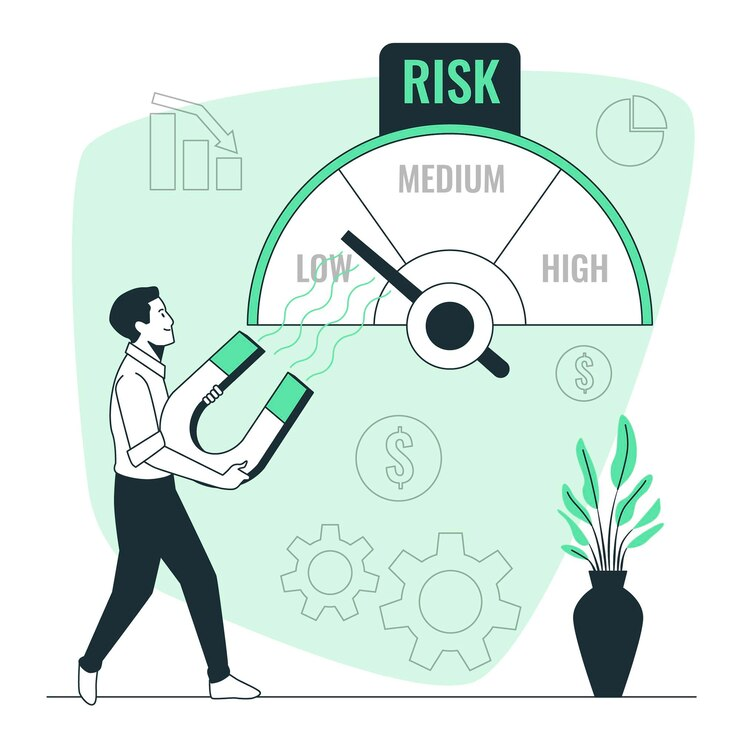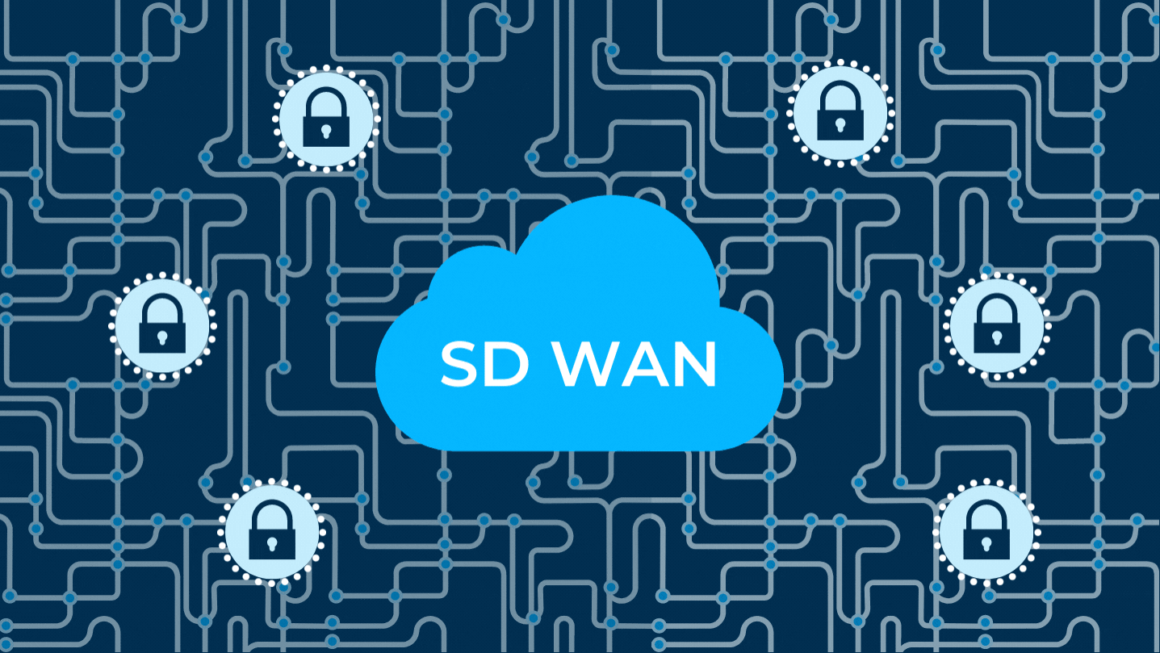Occupational Health & Safety (OHS) structures are pivotal in providing a secure base wherein productive work can take place. The new challenges that the workplace is throwing at people have forced organisations to set up strong mechanisms for getting these identified risk prophylactics in place. An example of these is risk-based thinking which can integrate risk assessment into every part of health and safety management.
This article summarizes the important issue of how risk-based thinking can strengthen occupational health and safety by creating a safer and healthier work environment.
What Is Risk-Based Thinking?
Risk-based thinking is a systematic process by which an organization identifies, assesses, and mitigates a risk or a set of risks before they are transformed into an issue. This process differs from reactive systems, leaving action on issue prevention before issues have been found. This approach does not forget the other attribute of traditional reactive methods, though: organization in anticipation of something not going smoothly.
Risk-based thinking makes certain that the measures taken in safety at the workplace reflect assessed risks in health and safety management. By understanding the risk evaluation, prioritizing risks and the activities around them, organizations will allocate resources effectively and have the required impact on injury metrics in addition to cultivating a culture of safety.
Importance of Risk-Based Thinking in OHS
For the last part, adopting risk-based thinking into OHS principles means that it cannot merely be just a fashion-it will become and has in some countries already become a necessity. To this end, here is a summary outlook of the reasons why this is becoming important:
- Proactive Prevention: Preventing and solving problems with issues.
- Law of Compliance: Indeed, conforming to the legal requirement for thorough identification and control of risks is to be met.
- Resource Efficiency: Resources are effectively allocated in solving priority risks.
- Continuous Improvement: Ability in developing dynamic systems with workplace dynamics changes.
It is through integrating risk-based thinking with health and safety management that organisations can boost their competency levels in protecting employees and achieving operational excellence.
Core Principles of Risk-Based Thinking in OHS
The following principles should guide organizations in implementing risk-based thinking:
- Risk Identification: Identifying the possible hazards in a work area such as equipment failure, chemical exposure, or ergonomic hazards.
- Risk Assessment: Assessment of the possibility of occurrence and severity of the risk consideration of its significance.
- Risk Prioritization: A focus on critical risk, which can cause the highest devastation on health and safety issues of the employees.
- Risk Mitigation: Strategies should be implemented for the elimination or reduction of risks.
- Monitoring and Review: Regular monitoring of practices for their effectiveness with required changes and improvements.
These principles ought to cover comprehensive handling of a risk that should be associated with a workplace and be healthy for every employee.
Practical Steps to Implement Risk-Based Thinking
In health and safety management, risk-based thinking is to be operationalized by:
Leadership Engagement: Ensure the commitment of the top leadership of an organization to practice risk-based thinking.
- Conduct Medical Risk Assessment: Carry out hazard identification checklists, root cause analysis, or job safety analysis, among other tools.
- Policy and Procedure Development: Lay down and describe practices and procedures in place for the technology.
- Employee Training: Raise their awareness and knowledge of risk and prevention measures, and define their processes for reporting risks.
- Peer-review Use Application: Use of digital applications to track, analyze, and remediate risks periodically.
- Regular Review: Regularly scheduled reviews of risk assessment and safety procedures are conducted.
This is the way every organization would take to make a proactive safety culture, where no singular authority owns risk management.
Risk-Based Thinking Advantages in OHS
Implementing risk-based thinking allows enhancing advantages of management of health and safety at work. This should include the following:
- Decreased accidents: Early identifying dangers would preclude accidents or injuries.
- Increased Compliance: Being able to show that there was a progressive step in having safety was a great plus in complying with regulations.
- Cost Reduction: It saves the cost for medical expenses, compensation claims, and downtime.
- Employee Well-Being: A workplace that is safe would be an added benefit to keeping better employee morale, reproducing, and retaining them.
- Enhanced Reputation: Showing that dedication to safety hones the trust of stakeholders and the brand image as a whole.
Those points are some of the values very clearly put into the idea of risk-based thinking integrated into health and safety practice.
Real-Life Examples of Risk-Based Thinking
To understand the value of risk-based thinking, consider the following real world examples:
- Manufacturing: A factory detects machinery-related hazards and starts preventing maintenance, significantly minimizing the malfunction and workplace injury by such equipment.
- Construction: The building industry assesses risk as a site improvement factor, addressing, for example, the prevention of falls along with proper use of personal protective equipment (PPE).
- Healthcare: Risk-based thinking in a hospital entails such propositions so as to manage exposure to infectious diseases for staff and patients.
From these, organizations in various industries utilize proactive risk management.
Implementation Challenges Overcome
Despite all its advantages, risk-based thinking becomes a challenge in health and safety management. Here are some of the most common barriers:
- Resistance to change: Management and staff work on new behaviors.
- Lacking knowledge: Need to train or resource to do proper assessments.
- Data Overload: Data is easier to manage and analyze.
- Resource Limitations: Smaller organizations are not able to devote sufficient time or money to fully implement risk management.
All such challenges require leadership, communication, and dedication towards continuous improvement.
Technology in Risk-Based Thinking
Technology comes to action in evolving risk-based thinking in relation to health and safety management. Advanced software-related solutions help organizations to do the following:
- Automate Risk Evaluation: Collect and analyse data much faster and less inaccurately for the assessment of risk.
- Consolidate All Information: Store in a single database accessed by identified risks and their control measures.
- Control Performance: Continuously gather information on trend-setting safety metrics.
- Communication: Enables teams to communicate in real-time on their current risk conditions.
These advantages simplify risk-based thinking for organizations and, as a result, increases safety levels.
Creating a Culture of Awareness of Risks
A culture of action to awareness about risk is crucial for the success of a risk-based thinking strategy. Here is how the organizations can facilitate this:
- Making Leadership Commitments: Make leaders demonstrate safety practices as their tenure.
- Engagement of Employees: Employ employees in associating with risk assessment and encourage their reporting of hazards.
- Training: Continually training the stakeholders about risk management and safety at their workplace.
- Communication: Create room and encourage all possible open communications around safety.
- Strong safety culture: encourage a person to own their safety and most possibly contribute to a safer workplace.
Conclusion
Risk-based thinking is the ultimate cure as far as health and safety management is concerned. It is a model where identifying and addressing risks proactively converts into safer workplaces with reduced incidents and healthy individuals. What it takes are commitment, strategy, and tools while the life-changing return is worth the whole investment.
Embedding risk-based thinking into the health and safety of the workplace strengthens the occupational health and safety practices and also serves as a testament of the organization towards its greatest asset-its people.



